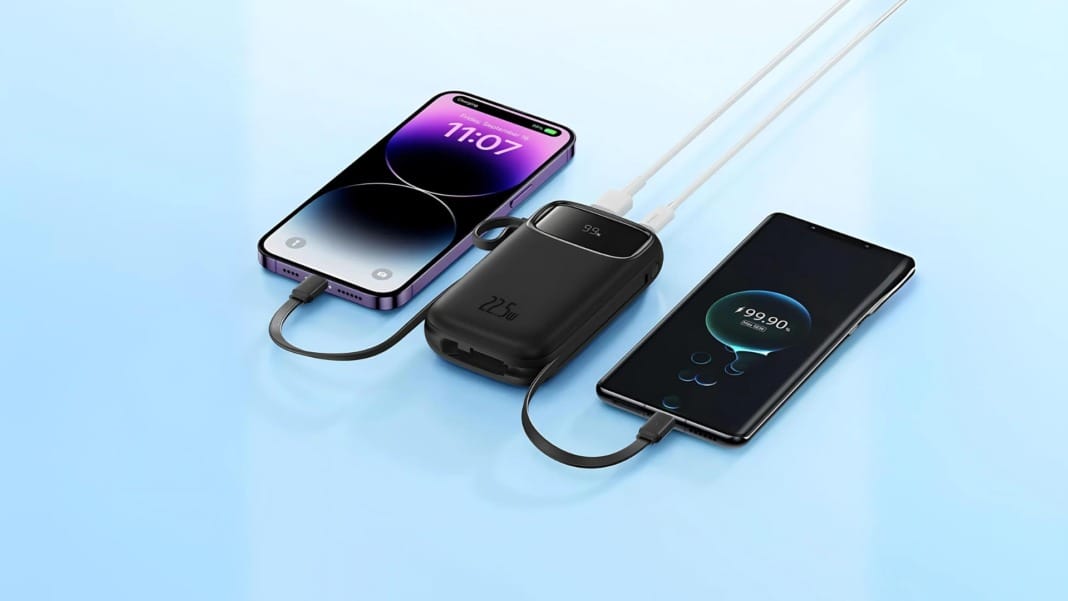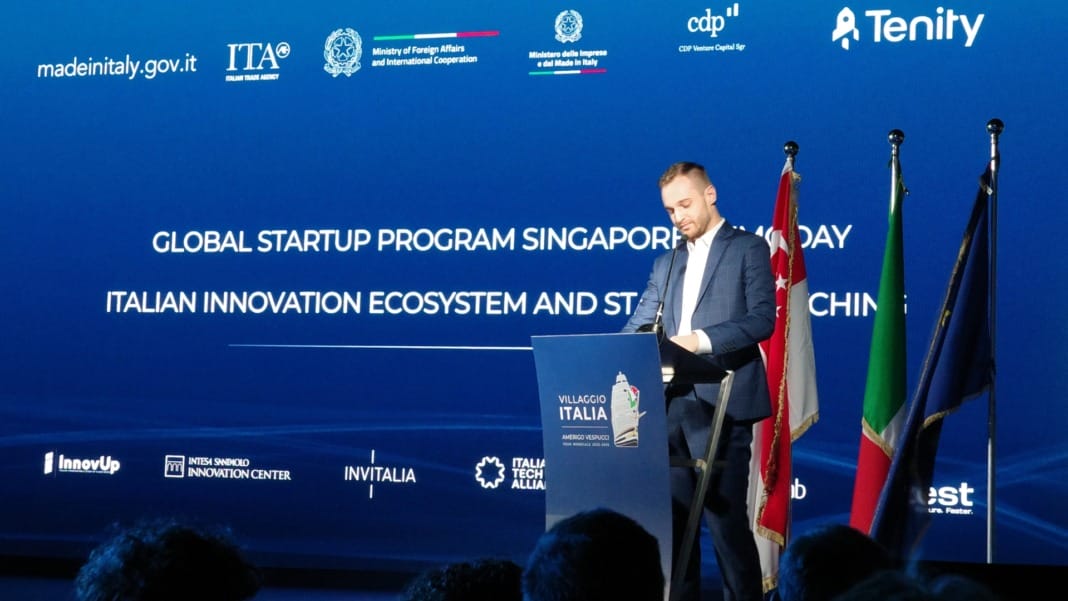A recent report from Splunk and the Enterprise Strategy Group (ESG) has highlighted the critical role of observability in boosting innovation, efficiency, and return on investment (ROI) within today’s complex IT environments. Released on 23 October 2024, “The State of Observability 2024” report examines how observability practices enable organisations to speed up development, cut costs, and enhance developer productivity, providing a distinct competitive advantage. According to the study, observability leaders experience a 2.6x return on their investments, while 86% of surveyed companies plan to increase their observability investments due to these benefits.
Based on input from 1,850 IT and development professionals worldwide, the report defines four stages of observability maturity: foundational visibility, guided insights, proactive response, and unified workflows. It found that only 11% of companies reached the highest “leader” stage, while 45% are still at the beginning level. Observability leaders were shown to resolve issues faster than less mature organisations, strengthening customer satisfaction by reducing the downtime that often harms brand reputation and loyalty.
Key benefits of a strong observability practice
The report emphasises that effective observability practices are strategically built, rather than emerging by chance. Organisations at the top maturity level, referred to as “leaders,” can detect application issues nearly three times faster than those at the foundational level. Approximately 68% of these top-tier organisations can identify application issues within minutes or seconds, whereas lower-performing companies often take significantly longer.
This fast response time is crucial, as leaders experience a high rate of alert accuracy, with 80% of alerts being legitimate, compared to just 54% among beginners. This allows leaders to minimise time spent on false alarms, freeing resources to focus on enhancing customer experiences. “Downtime can seriously impact customer trust,” the report notes, highlighting how observability leaders effectively manage incidents and improve brand perception.
Observability goes beyond stability, positively impacting software development speed as well. Seventy-six percent of leading companies are able to deploy new application code on demand, compared to just 30% of beginners. Developers in these leading organisations spend 38% more time on innovative work, such as developing new features, as they have less time devoted to routine tasks like troubleshooting.
“Building a leading observability practice means being obsessed with delivering incredible digital experiences to your customers, and embedding that mindset into every decision,” said Patrick Lin, Senior Vice President and General Manager, Observability at Splunk. “Our report shows this mindset pays off. Leaders not only achieve greater success in mitigating downtime, they also see greater developer innovation and speed.”
OpenTelemetry and AI enhancing observability
A significant trend highlighted in the report is the adoption of OpenTelemetry, an open-source standard for data collection. As companies look to control their data and avoid vendor lock-in, 58% of respondents stated that their observability solutions depend on OpenTelemetry. Among leaders, 78% use this standard, achieving better control over their data and lower observability costs.
OpenTelemetry also gives organisations access to a broader ecosystem of tools, offering flexibility in their observability practices. Seventy-two percent of observability leaders use it to integrate with diverse technologies, while 65% say it enhances their control over data management.
The report also underscores the importance of Artificial Intelligence (AI) and Machine Learning (ML) in observability, with 97% of companies now employing AI and ML systems, up from 66% last year. These technologies help analyse data, detect anomalies, and automate responses. Leaders use AI to reduce unnecessary alerts, with 85% of them automating over half of their alerts using AI-driven recommendations. In contrast, only 16% of beginner organisations reach similar automation levels, underscoring the gap in operational efficiency between observability leaders and less mature organisations.
Platform engineering as the future of DevOps
The report identifies platform engineering as a key factor in improving developer efficiency and shaping the future of DevOps. This approach involves establishing standard workflows and toolsets, allowing developers to concentrate on innovation rather than managing tools. Platform engineering is widely adopted, with 73% of respondents reporting extensive use. Among the benefits, 55% of organisations saw improved IT efficiency, 42% noted better application performance, and 40% reported increased developer productivity.
Platform engineering is also addressing workforce challenges, as burnout rates remain high among IT and engineering teams. Sixty-six percent of companies reported losing critical staff in the past year due to burnout. Observability leaders, who often have dedicated platform engineering teams, gain a competitive edge, with 58% seeing platform engineering as a key differentiator.
In summary, Splunk’s report reveals that organisations with mature observability practices gain significant advantages, including faster issue resolution, greater developer productivity, and lower costs. As observability continues to evolve, more companies are expected to adopt OpenTelemetry, AI, and platform engineering to stay competitive in the face of rising digital demands.





